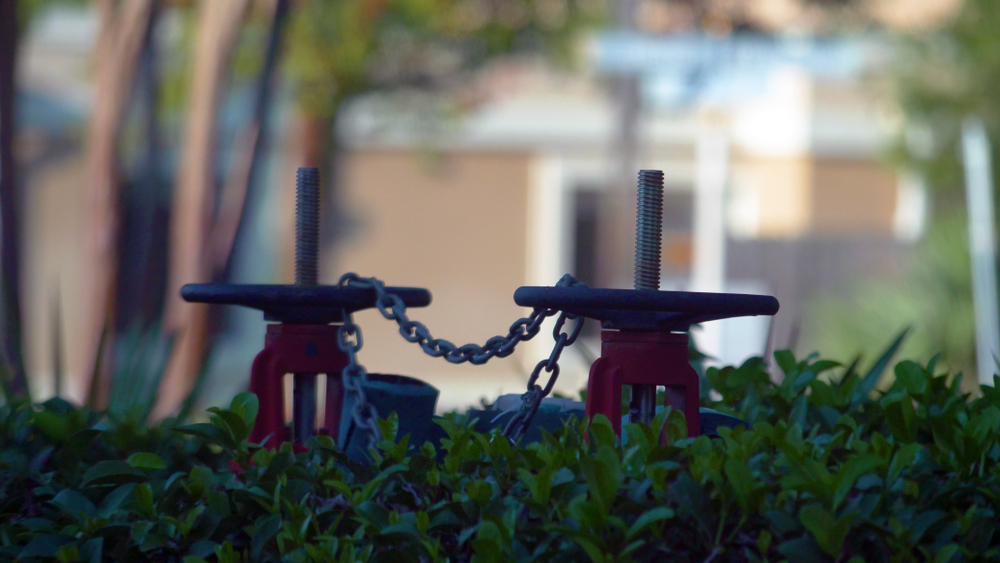In commercial buildings, the plumbing system is an essential infrastructure that requires meticulous attention to ensure safety and compliance. One critical aspect of plumbing safety is backflow prevention. Backflow pertains to the unwanted reverse movement of water in a plumbing infrastructure, potentially resulting in the pollution of the drinkable water source with dangerous materials.
Understanding backflow prevention is vital for property owners, facility managers, and commercial plumbers alike. In this article, we will delve into why backflow prevention is crucial, the various types of backflow prevention devices, and the importance of adhering to plumbing codes.
What is Backflow and Why Should You Be Concerned?
When water moves in the reverse direction of its intended path in the plumbing system, this is called backflow. This can happen due to two conditions: backpressure or backsiphonage. Backpressure occurs when the downstream pressure is greater than the supply pressure, while backsiphonage happens when there is negative pressure in the supply line.
The concern with backflow is the potential for contamination. If a cross-connection exists between potable and non-potable water systems, a backflow event could introduce pollutants or contaminants into the drinking water. This can pose serious health risks and lead to waterborne diseases.
The Consequences of Backflow Contamination
Backflow contamination incidents can result in the need for public health advisories, boiling water notices, or even shutting down the water supply until the system is deemed safe. The implications for a commercial establishment can be severe, including business interruption, reputational damage, and potential legal liabilities.
Backflow Prevention Devices and Their Role
Commercial plumbing systems are equipped with backflow prevention devices to prevent backflow incidents. These special devices allow water to flow in one direction but close off when reversed flow is detected, thus preventing contamination.
Types of Backflow Prevention Devices
Several types of backflow prevention devices are used, each suitable for different scenarios:
Air Gap
The simplest form of backflow prevention is an air gap. This is a physical separation between the water supply outlet and any potentially contaminating source. This method is often used where the risk of contamination is high.
Double Check Valve (DCV)
A DCV consists of two check valves in series, which require pressure to open. If backflow occurs, both valves close to prevent reverse flow.
Reduced Pressure Zone (RPZ) Assembly
An RPZ assembly is more complex and includes two check valves with a pressure-monitored chamber between them. It is designed to protect against both backpressure and backsiphonage and is suitable for high-hazard situations.
Pressure Vacuum Breaker (PVB)
A PVB is installed specifically to prevent backsiphonage and is suitable for applications where backpressure is not a concern.
Spill-resistant Vacuum Breaker (SVB)
Similar to a PVB but designed to minimize spillage during operation and testing, an SVB is used in situations where a PVB would be appropriate, but spillage must be avoided.
Choosing the Right Device
Selecting the correct backflow prevention device depends on the degree of hazard, the type of backflow condition expected, and the local plumbing codes. Communicating with a qualified commercial plumber is essential to ensure the appropriate device is installed.
Compliance with Plumbing Codes
Plumbing codes are regulations that govern the design, installation, and inspection of plumbing systems. These codes ensure that plumbing practices protect public health and safety.
Why Adhering to Plumbing Codes is Non-Negotiable
Adherence to plumbing codes, including those related to backflow prevention, is non-negotiable for several reasons:
- Public Safety: Plumbing codes are in place to prevent health hazards and ensure the safe distribution of potable water.
- Legal Requirements: Non-compliance with plumbing codes can result in fines, penalties, and legal action.
- Insurance Implications: Insurance companies may require compliance with plumbing codes for coverage. Non-compliance could potentially lead to denial of claims or loss of coverage.
Regular Inspections and Maintenance
Regular professional commercial plumbing inspections and maintenance of backflow prevention devices are key components of plumbing code compliance. Certified professionals must test these devices to ensure they function correctly.
The Role of Commercial Plumbers in Backflow Prevention
Commercial plumbers play a vital role in backflow prevention. They are responsible for installing, testing, repairing, and maintaining backflow prevention devices.
Installation and Testing
Commercial plumbers must ensure that backflow prevention devices are installed according to manufacturer specifications and plumbing codes. They also perform initial and annual tests to certify that the devices are working correctly.
Backflow Repairs and Replacements
When backflow prevention devices fail, it is crucial to have them repaired or replaced immediately to avoid the risk of contamination. Commercial plumbers are trained to diagnose issues and perform the necessary repairs or replacements.
Educating Clients
Part of a commercial plumber’s role is to educate clients about the importance of backflow prevention. This includes explaining the risks of backflow, the operation of prevention devices, and the need for regular testing and maintenance.
Protecting Public Health Through Backflow Prevention
Commercial plumbing considers backflow prevention crucial as it cannot be ignored. It is vital for the safeguarding of public health, adherence to rules, and preservation of the drinkable water supply.
By understanding the importance of backflow prevention, the role of various prevention devices, and the need to adhere to plumbing codes, commercial property owners and managers can take proactive steps to safeguard their water systems.
Suppose you are responsible for maintaining a commercial plumbing system. In that case, working with knowledgeable commercial plumbers is imperative to ensure that your backflow prevention measures are up to code and functioning correctly. Protecting your water supply from contamination is not just a regulatory obligation; it’s a commitment to the health and safety of all who rely on it.
Remember, there is no room for shortcuts when it comes to backflow prevention. Invest in quality backflow repairs and maintenance to ensure plumbing safety for everyone.

